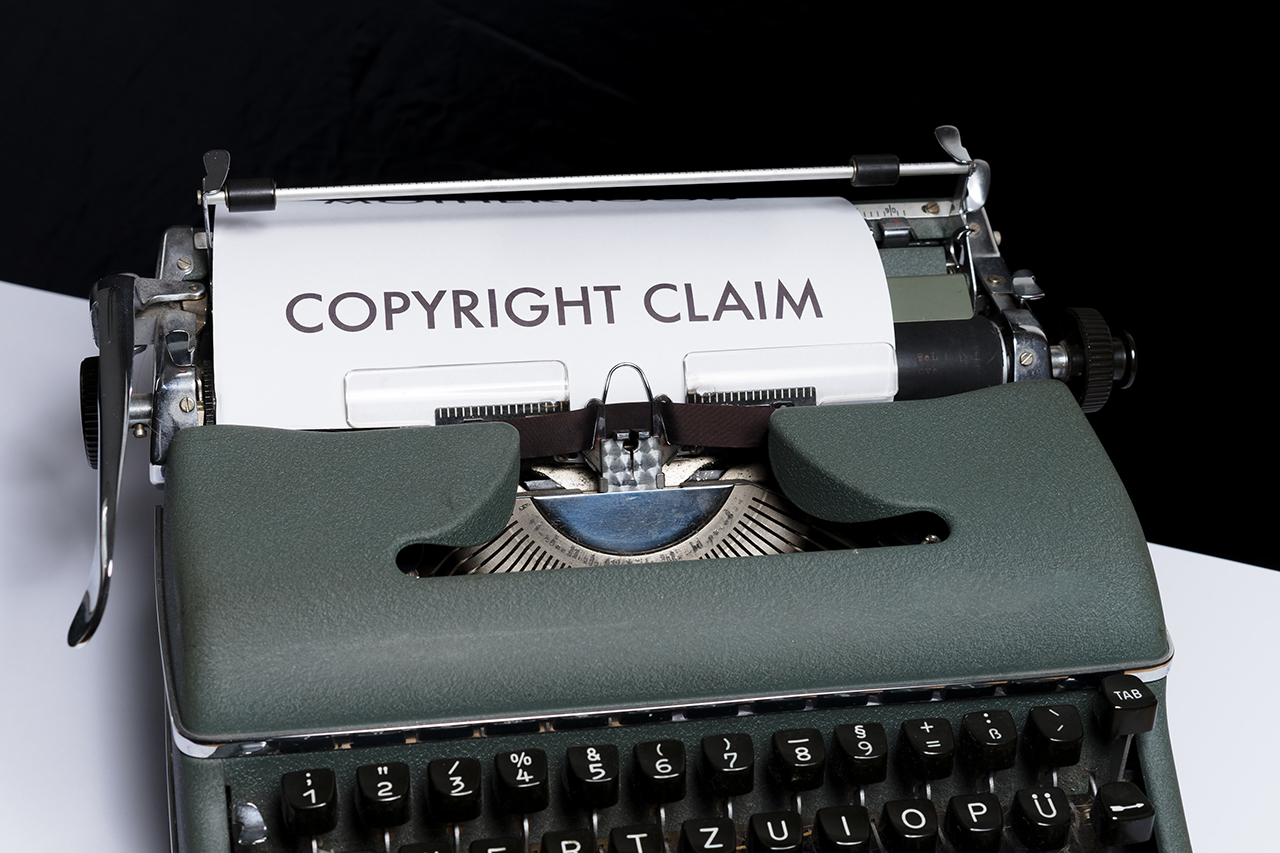Intellectual Property Rights
1. Regulatory Framework for the Protection of IPR
At the time of Cambodia’s accession to the World Intellectual Property Organization (WIPO) in 1995 and the Paris Convention in 1998, the regulatory framework to protect IPR was weak. Since the turn of the century, the Cambodian Government has been passing series of the laws and the regulatory framework to protect IPRs in Cambodia made a considerable progress and became soundly complied with WTO obligations. The laws which have been enacted so far include the following:
- Law on Marks, Trade Names and Acts of Unfair Competition (2002)
- Law on the Copyright and Related Rights (2003)
- Law on the Patents, Utility Model Certificates and Industrial Design (2003)
- Law on Breeder Rights and Plant Variety Protection (2008)
- The following laws are currently under the consideration for enactment.
- Law on the Protection of Undisclosed Information and Trade Secret
- Law on the Protection of Layout Design of IC
- Law on the Protection of Geographical Indications
2. Trade Marks and Names
“Law on Marks, Trade Names and Acts of Unfair Competition (Trade Mark Law)” of 2002 was the first law in Cambodia to protect the IPR. The Law stipulates that the exclusive right to trade marks shall be acquired by registration (Article 3) and the right of priority in the mark registration shall be granted if the applicant attaches to the application the declaration claiming the priority of an earlier national or regional application filed by the applicant or his predecessor in any member country of the Paris Convention (Article 6). The Law also defines the registration procedures, invalidation and removal, collective marks, licensing of marks, trade names, infringement and remedies, border measures, assignment or change in ownership, etc.
It should be noticed that Cambodian Trade Mark Law acknowledges only national exhaustion and, therefore, the exclusive right on distribution and importation is always secured by right-holder and can be assigned to any exclusive distributor through power of attorney or agreement on distributorship.
3. Copyright
The “Law on the Copyright and Related Rights” of 2003 was enacted to provide authors and performers with rights with respect to their works to protect the works of literature, cultural performance, performers and phonogram producers and broadcasts by broadcasting organizations in order to secure a just and legitimate exploitation of those cultural products (Article 1).
The type of works to be protected under this Law is as follows (Article 3):
- Works of authors who are Cambodian nationals or who have habitual residence in Cambodia
- Works first publishing in Cambodia, including works first published abroad which were brought to publish in Cambodia within 30 days of the first communication to the public
- Audiovisual works of producers with their headquarters or habitual residence in Cambodia
- Works of architecture erected in Cambodia and other artistic works incorporated in a building or other structures located in Cambodia
- Works for which Cambodia has an obligation to grant protection under international treaties
- The following subjects are being protected under the Law (Article 7).
- All kinds of reading books or other literary, artistic, scientific and educational documents
- Lectures, speeches, sermons, oral or written pleadings and other works of the same characteristics
- Dramatic works or musical dramas
- Musical composition, with or without wordsAudio-visual works
- Works of painting, engraving, sculpture or works of collages
- Photographic works and architectural works
- Computer programs and design encyclopedia documents relevant to those programs, etc.
The author of a work shall enjoy an exclusive right to that work, which shall be enforceable against all persons and the right include moral right and economic right (Article 18). The moral right of the author is perpetual and inalienable and may not be distrainable or subject to prescription (Article 19).
The economic right of the author is the exclusive right to exploit his/her own work through the authorization of reproduction, communication to the public and creation of derivative work (Article 21). The protection of the economic right starts from the date of the creation of a work and lasts until the fiftieth year after the death of the author (Article 30).
To facilitate the enforcement of law and serve as an evidence of ownership in case of having dispute on economic rights, the authors or right-holders may deposit their works at the Ministry of Culture and Fine Arts or the registration may be voluntarily done at the same Ministry. The Ministry shall issue the Certificate of Registration for the registered works (Article 38, 39 and 40).
The authors of work and related-right holders can establish the collective management organization to protect and manage their rights upon the recognition of the Ministry of Culture and Fine Arts (Article 56).
4. Patents, Utility Model Certificates and Industrial Design
The “Law on the Patents, Utility Model Certificates and Industrial Design” was promulgated on January 22, 2003 and provides the protection for granted patents, utility model certificates and registered industrial designs in Cambodia (Article 1).
The objectives of the Law are as follows (Article 2):
- to encourage innovation and scientific and technological research and development
- to stimulate and promote increased internal and external commerce and investment
- to promote the transfer of technology to Cambodia in order to facilitate the industrial activity and the development of the economy
- to provide protection for industrial property rights and to combat the infringement thereof, as well as illegal business practices
Patent
“Patent” means the title to be granted to protect an invention and “Invention” means an idea of an inventor that permits in practice the solution to a specific problem in the field of technology. An invention may be, or may relate to, a product or a process (Article 4). An invention is patentable if it is new, involves an inventive step and is industrially applicable (Article 5).
The right to a patent shall belong to the inventor (Article 10) and the application for a patent shall be filed with the Ministry in charge of industry (MIME), which shall be subject to the payment of the application fee (Article 16).
When the registrar grants a patent, he shall:
- publish a reference to the grant of the patent
- issue to the applicant a certificate of the grant of the patent and a copy of the patent
- record the patent
- make available copies of the patent to the public (Article 39)
A patent shall expire 20 years after the filing date of the application for the patent and, in order to maintain the patent or patent application, an annual fee shall be paid in advance to the Registrar for each year (Article 45 and 46).
Utility Model Certificates
A utility model certificate is granted for the protection of a utility model, which is new and industrially applicable and may be, or may relate to, a product or process (Article 69). When the inventive step is not included in the invention, the utility model certificates may be sought (Article 71).
Utility model certificate shall expire, without any possibility of renewal, at the end of the 7th year after the date of the filing of the application (Article 73).
At any time before the grant or refusal of a patent, an applicant for a patent may convert his application into an application for a utility model certificate or the other way around, and such application conversion cannot be made more than once (Article 75 and 76).
Industrial Design
Under this Law, any combination of lines or colors or any three-dimensional form, or any material, which gives a special appearance to a product of industry or handicraft and can serve as a pattern for a product of industry or handicraft, is deemed to be an industrial design (Article 89). An industrial design can be registered if it is new (Article 91).
It shall be considered new if it has not been disclosed to the public, anywhere in the world, within 12 months prior to the filing date or the priority date of the application for registration (Article 92).
The application for registration of an industrial design shall be filed with the MIME and be subject to the payment of the application fee (Article 95). The making, selling or importing of articles with a registered industrial design in Cambodia by persons other than the registered owner shall require the agreement of the latter (Article 105 and 106). The registration of an industrial design shall be for a period of 5 years from the filing date of the application for registration. Such registration may be renewed for two further consecutive periods of five years (Article 109).
Source from : COUNCIL FOR THE DEVELOPMENT OF CAMBODIA




